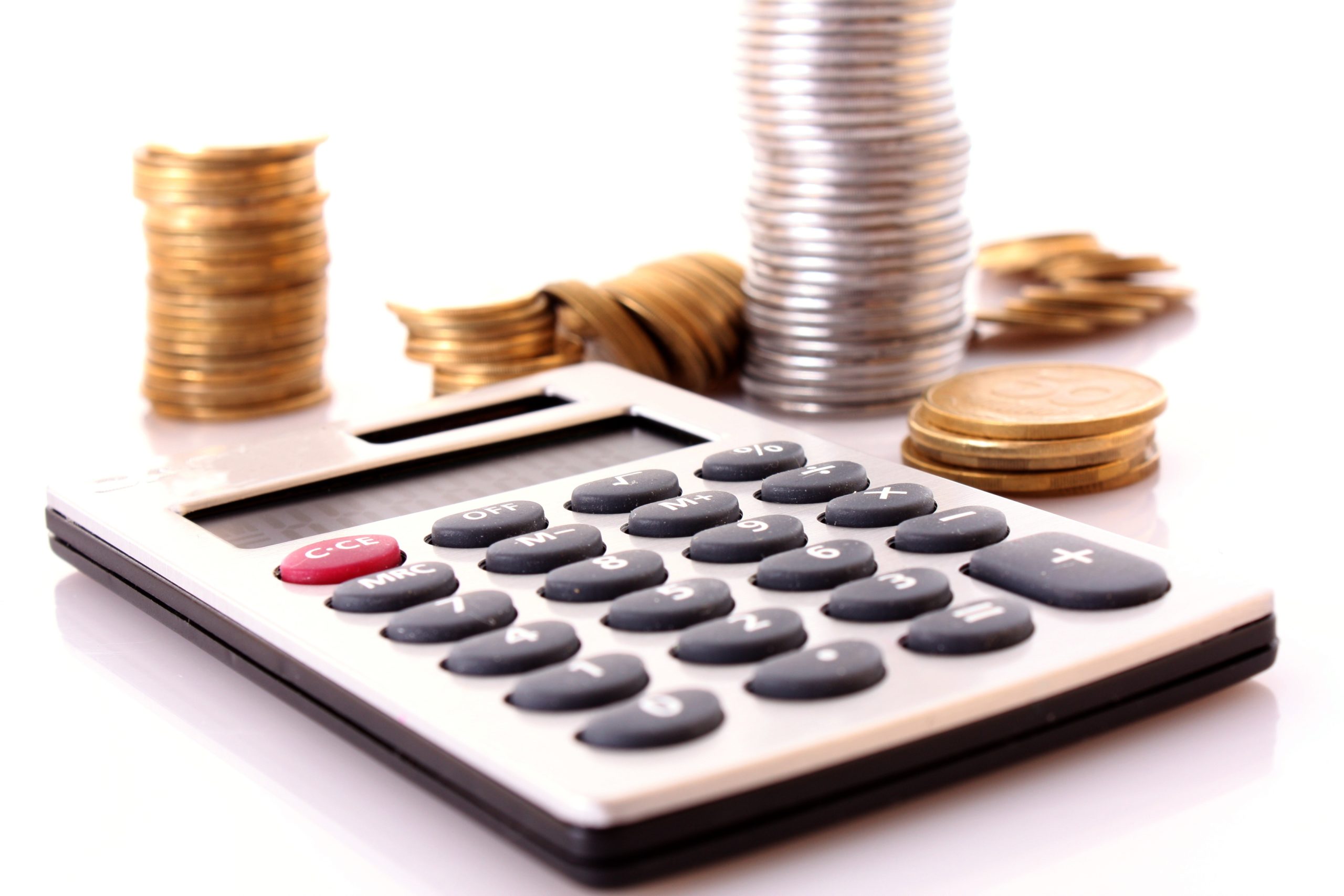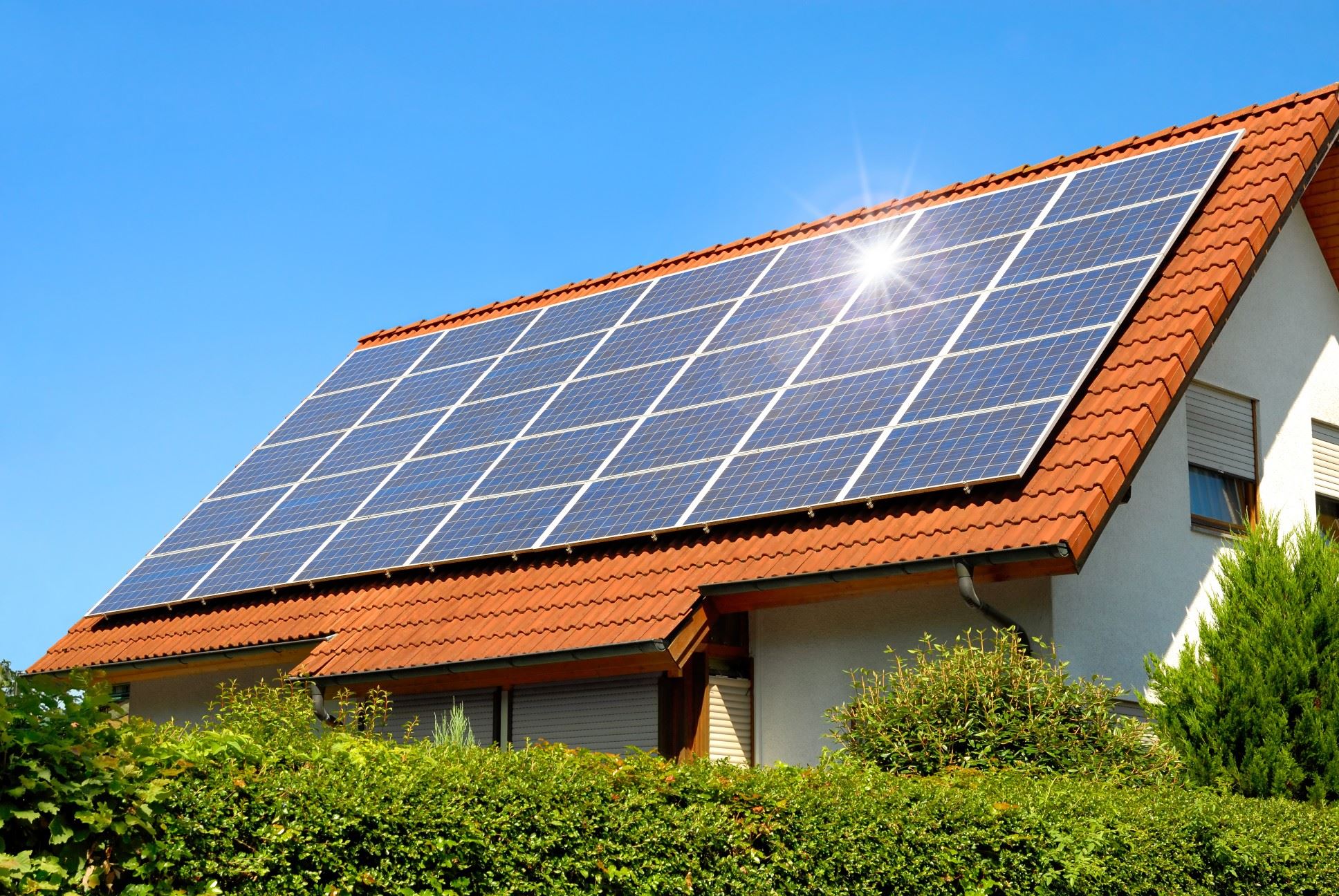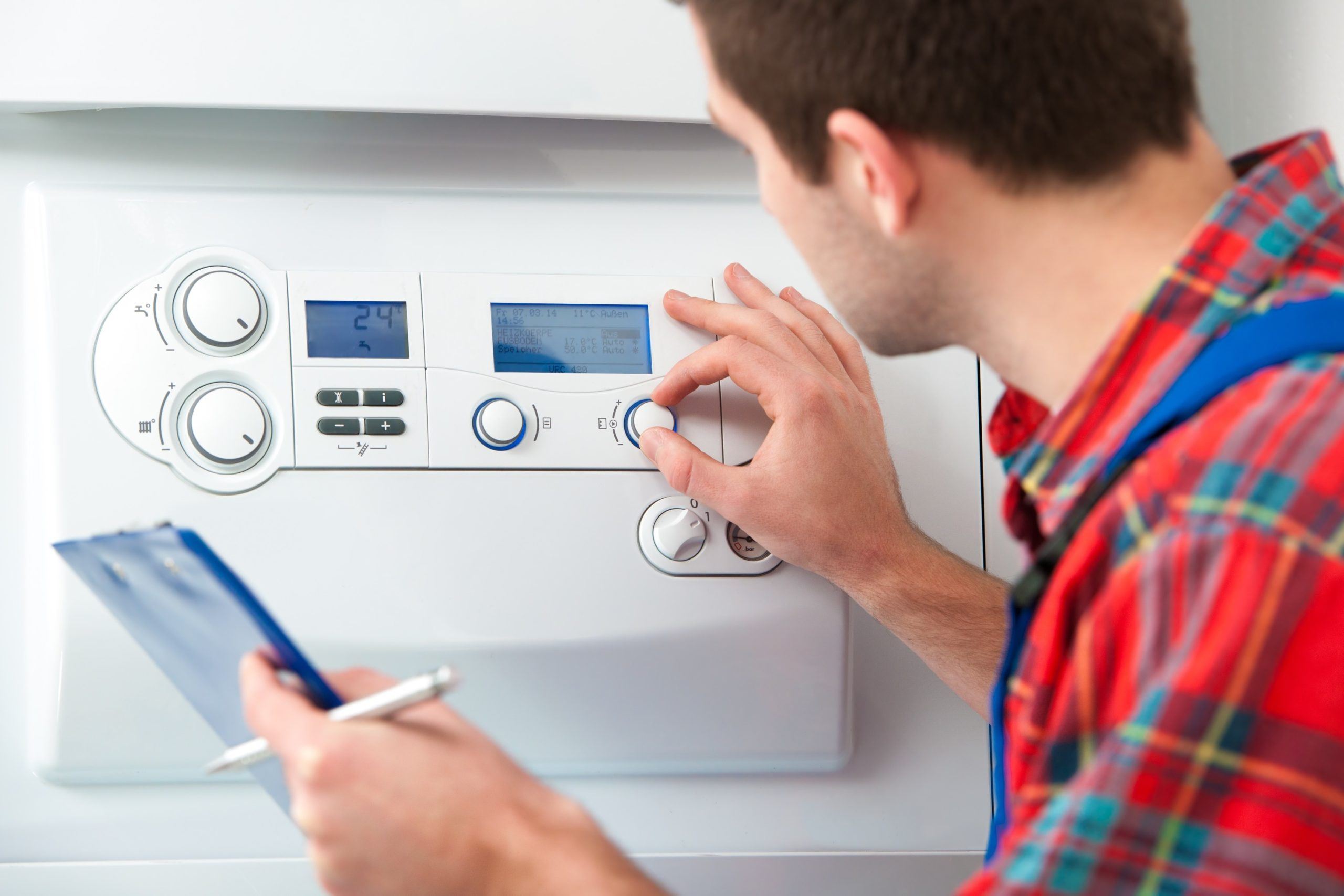Whether you’ve switched to solar or about to, lets maximise your solar savings!

In times where energy prices are on the constant rise, solar energy has come as a relief to the average household. Homeowners are reaping the benefits of switching to solar and saving up to $2500 annually, with a return on investment within approximately 3-5 years. But is there more to be saved!?
Here are some top tips on how to maximise your Solar Power System’s energy production and get more bang for your buck!
Tips Before You Switch
Keep these tips in mind when planning your installation and talking to your chosen solar provider;
Switch while the Solar Government Rebate still exists!
You’ll get up to [maxrebates] of your Solar PV System.
Solar Panel/Roof Direction

The direction of your solar panels can affect how much sunlight they’ll receive and therefore how much energy is generated for your use. North facing panels are the most recommended if you’re in Australia, however you have options if this is not possible on your roof.
Solar Panel placement options;
- North Facing Panels – In Australia North facing panels receive the most sun throughout the day.
- West Facing Panels – Generates less energy in the morning but more in the afternoon.
- East Facing Panels – More energy in the morning and less in the afternoon.
- West and East Facing Panels – Only generate 12% less energy than North facing.
- North-East and North-West Panels – only generate 5% less energy than North facing.
- South Facing Panels – Avoid where possible as it can generate up to 28% less energy than North.
Some homes do a combination of different directions should their roof allow for this. Your Solar provider will be able to assess your best options.
Avoid Shaded Areas
Avoid having your Solar Panels installed where it could get shaded throughout the day. E.g. large trees
After You’ve Switched
Get on Top of Your Appliance Use
Use more energy during daylight hours, whilst your solar panels are generating energy by:
- Using rechargeable appliances so you can charge during the day and use at night e.g. cordless vacuum
- Setting timers on appliances, so they run during the day e.g. washing machine
- Having less appliances on at the same time e.g. run the dishwasher after the washing machine has finished
- Turning appliances off at the wall when not in use, as the standby mode still uses energy
- Wash clothes in cold water
- Check the seal on your fridge door, if its faulty your fridge will be using more energy to stay cool
Lighting
Switching to LED lighting in your home, and sensor lights outside
Cooking
Investing in a slow cooker! Not only will you make some delicious dishes, but you will be optimising the energy during the day and avoiding the use of an electric stove, which are high energy consuming!
Heating & Cooling
- Air conditioner and heater- while the suns still out, set your aircon or heater on timers, to bring your home to your desired temperature and then switch it off at night
- Use fans instead of air conditioning
- Check your windows and door seals- if they are faulty your homes air temperature will change, and you’ll find yourself reaching for the air conditioner or heating remote again
Invest in a Solar Battery
A solar battery is an additional battery component to a solar system that becomes charged from solar panels. This battery then stores that charge to be used later. The stored power can be used when a homes’ solar panels are no longer generating energy – in other words the sun is not out
Other Handy Tips
- Insulate your home
- Do an energy audit to see where your high energy use is coming from, so you can better manage your consumption
Haven’t made the switch to solar yet? Or looking to upgrade to battery?










